In Vence, in the Alpes-Maritimes department in Provence, ongoing archaeological research since March 2025 continues to return exceptionally important evidence. Following the identification of the structures of an early Christian cathedral dating back to the 5th century in March 2025, archaeologists recently unearthed a coeval baptistery located outside the worship building. The find confirms the existence of a structured religious complex, which sheds new light on Vence’s role in the early centuries of Christianity in the Provençal area.
The investigations are being conducted by the Archaeological Service of the Nice Côte d’Azur Metropolis as part of the work planned for the construction of the new Halles commerciales (commercial centers) in the city center. The structures that have emerged, which are of considerable architectural value and in a good state of preservation, are being analyzed in collaboration with the Regional Directorate of Cultural Affairs of the Provence-Alpes-Côte d’Azur region and the municipality of Vence, the promoter of the project. The baptistery, found a few meters from the early Christian cathedral, features a baptismal font intended for the rites of Christian initiation. Catechumens, after immersion and reception of the sacraments, entered the religious community through a ritual path that testified to the centrality of baptism in the ecclesiastical life of the time.
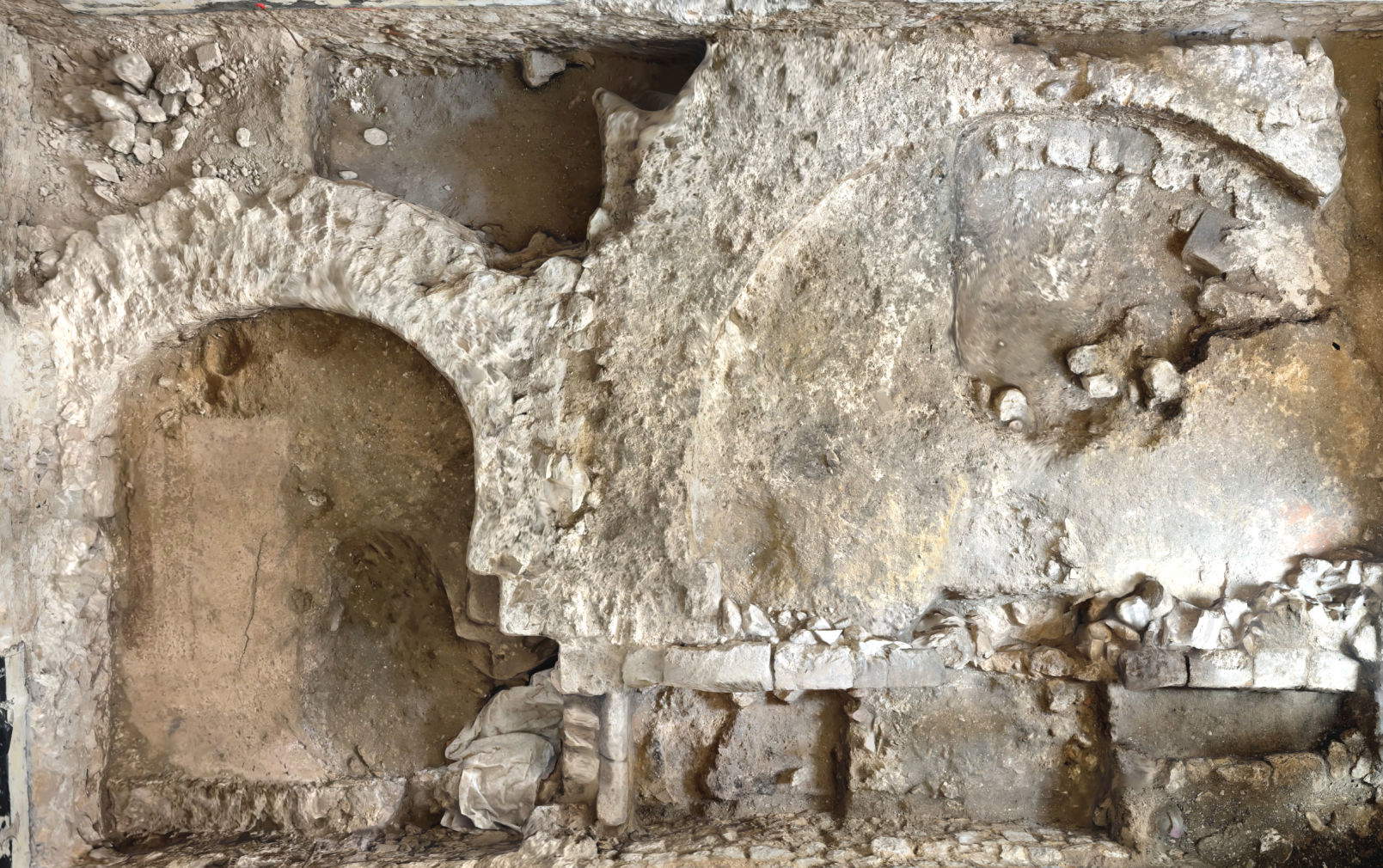
Next to the baptistery, archaeologists have identified some 30 burials. The location and architectural quality of the graves, some of which are located inside the cathedral, indicate the high social status of the deceased. According to initial assessments, they would likely be high ecclesiastical dignitaries, such as bishops or canons, or lay notables. Among the remains, three children’s skeletons, also buried near the cult building, were also detected.
Isotopic analyses currently underway will allow more precise determination of the age, sex, and, if possible, some biographical traits of the deceased. The results could allow comparisons with available written sources on the lives of the bishops of Vence between the 5th and 11th centuries, opening up new perspectives for the study of early Christianity in the Alpine and Mediterranean areas.
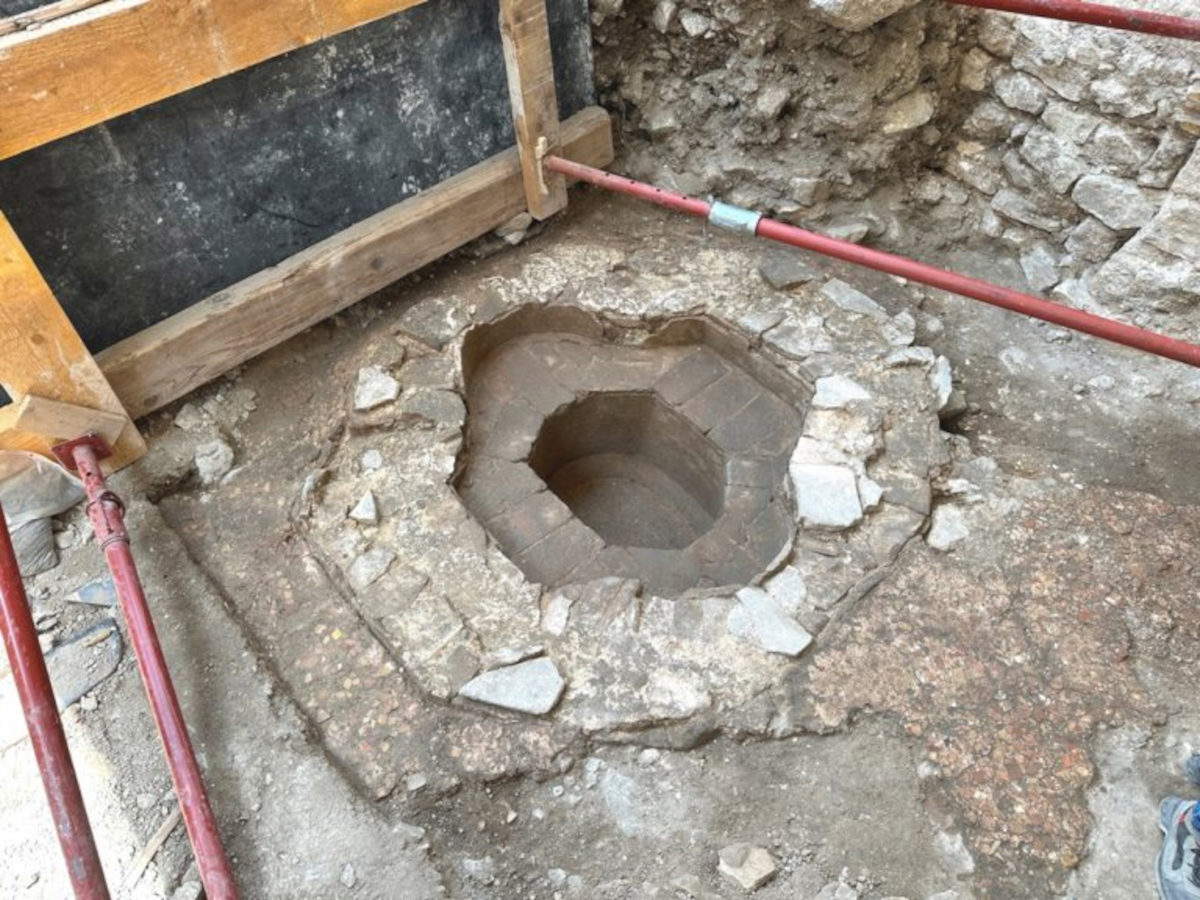
Investigations have also clarified the stages of transformation undergone by the site. The entire original structure was demolished when the current cathedral, dating from the 11th century, was built. Two bell molds, dating to a phase after the abandonment of the early Christian building, were identified within the old nave, documenting a partial reuse of the sacred spaces for craft purposes.
Despite the extent of the discoveries, the urban redevelopment project involving the construction of the new Surian Halles will not be interrupted. On the contrary, the unearthed vestiges will be enhanced and integrated into the architectural plan under construction. The city administration has expressed its intention not to reinter the most prominent archaeological remains , but to make them accessible and usable to the public, helping to define a new cultural space in the heart of the city. The commercial Halles, scheduled to open in February, will therefore also house an exhibition route dedicated to the history of the site. The project aims to combine the needs of contemporary city life with the preservation of the local historical and archaeological heritage.
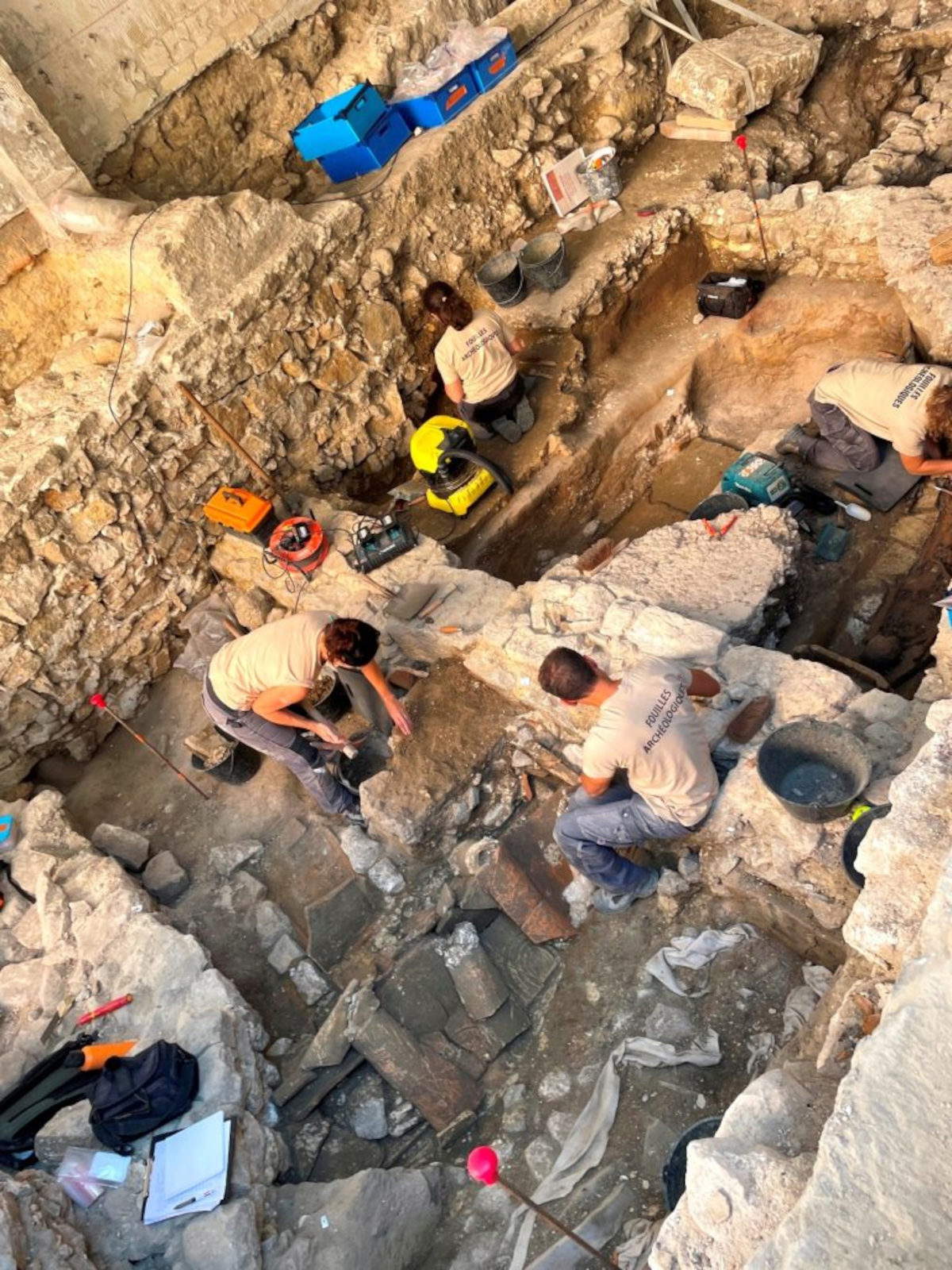
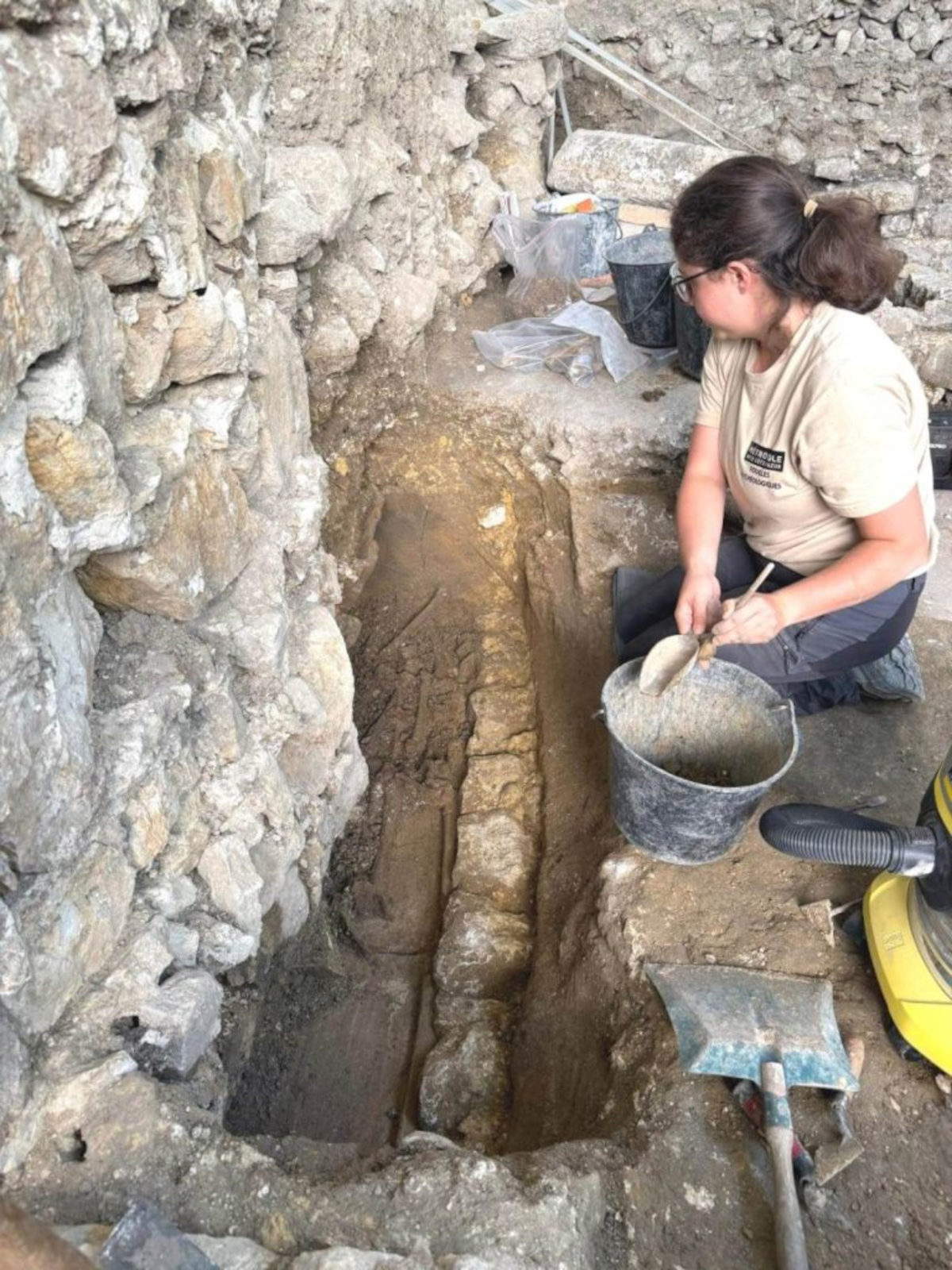
For this virtuous integration between preservation and development, the Les Halles Surian project received the 43rd Marianne d’or de la République 2025, an award that recognizes initiatives capable of combining public function and enhancement of historical memory. The site, destined to become a crossroads of commerce and history, is now a model for urban regeneration interventions with a strong cultural impact. Vence, already awarded the label Ville d’Art et d’Histoire by the French Ministry of Culture, shared with six other municipalities in the Pays Vençois, thus establishes itself as a point of reference for understanding the region’s late antique and medieval past. With the discovery of the baptistery, the city adds a new piece to its historical identity and consolidates the definition of Ville aux 2 Cathédrales (City of Two Cathedrals), renewing the dialogue between archaeology, citizenship and urban future.
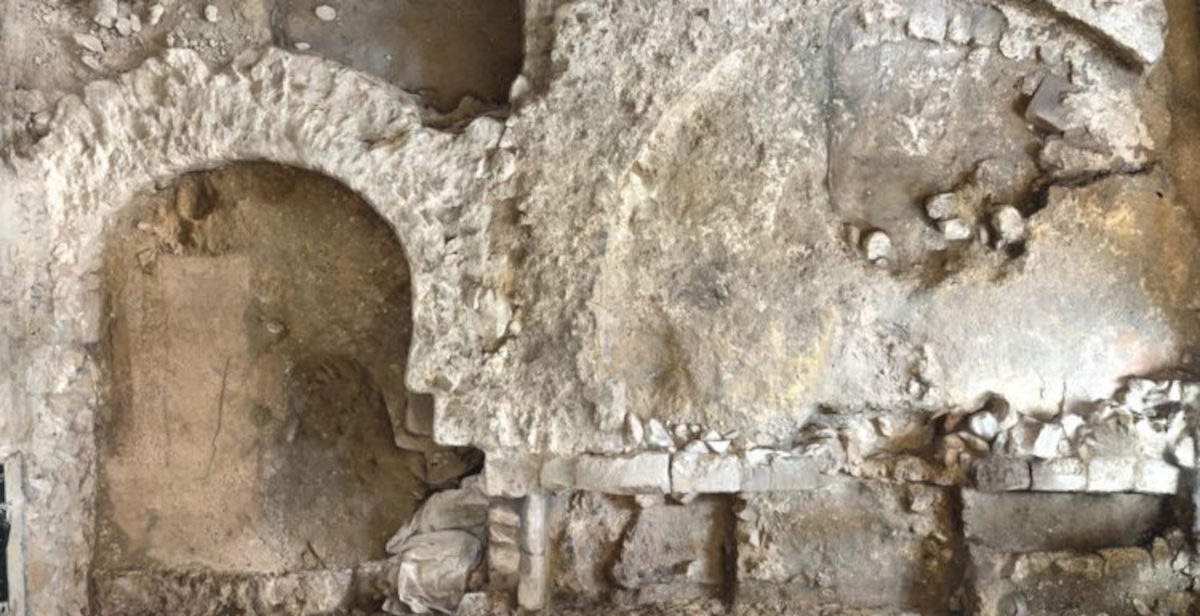 |
| An early Christian baptistery has been discovered in Vence, Provence, next to the 5th-century cathedral |
Warning: the translation into English of the original Italian article was created using automatic tools. We undertake to review all articles, but we do not guarantee the total absence of inaccuracies in the translation due to the program. You can find the original by clicking on the ITA button. If you find any mistake,please contact us.